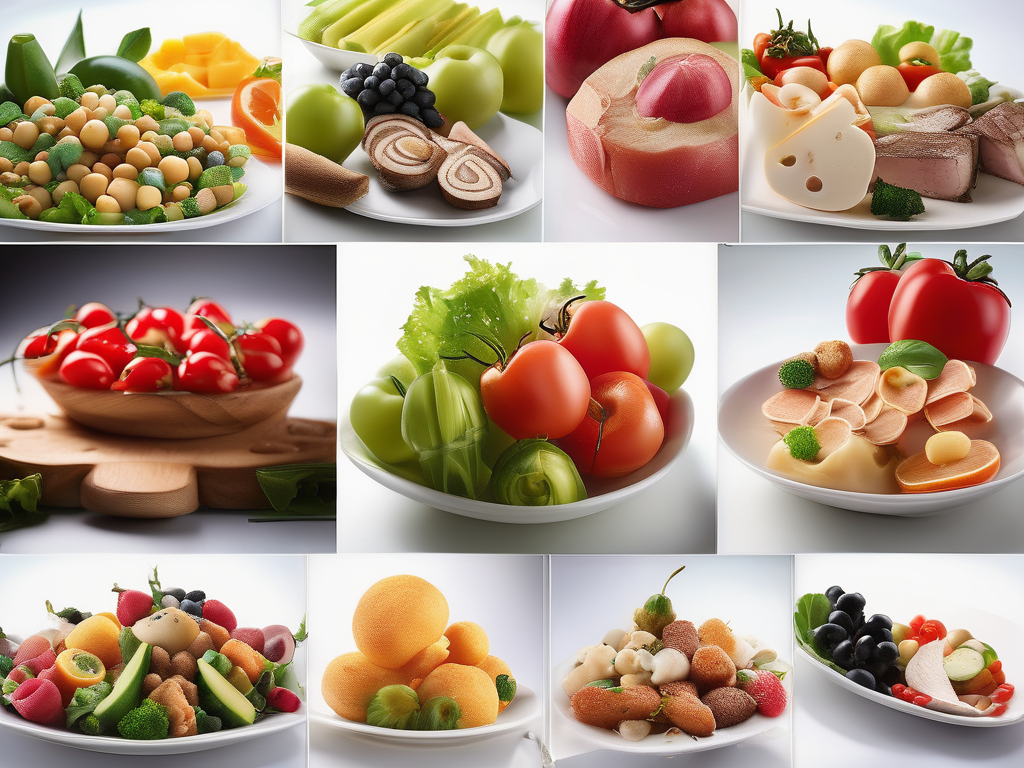
Signs that Apricots Have Gone Bad and Should be Thrown Away
Get Your Free Food Safety Cheat Sheet
30 most common foods with instant answers. Print it and stick it on your fridge—completely free!
Signs that Apricots Have Gone Bad and Should be Thrown Away
Apricots are a delicious and nutritious fruit enjoyed by many. However, like any perishable food item, they can go bad if not stored properly or if left for too long. In this blog post, we will discuss the signs that apricots have gone bad and should be thrown away to ensure food safety and prevent foodborne illnesses.
How to Tell If Apricots Have Gone Bad
Apricots, like other fruits, give off several signs when they have started to spoil. Here are some indicators that your apricots may have gone bad and should be discarded:
1. Mold Growth
- Mold is a common sign of spoilage in apricots. If you see any fuzzy patches or unusual discoloration on the skin of the apricot, it is best to throw it away.
- Mold can spread quickly and may release harmful toxins, so it is crucial to discard any moldy apricots immediately.
2. Discoloration
- If the apricot skin has changed color significantly from its original vibrant orange to a dull, dark tone, it may have started to spoil.
- Discoloration can indicate that the apricot is past its prime and may not be safe to eat.
3. Soft or Squishy Texture
- When apricots begin to spoil, they become softer and may develop a mushy texture. If the apricot feels overly soft or squishy to the touch, it is a sign that it is no longer fresh.
- A mushy texture can also be a breeding ground for bacteria, increasing the risk of foodborne illnesses.
4. Unpleasant Odor
- Fresh apricots have a sweet and fragrant aroma. If you notice a sour, fermented, or generally unpleasant odor coming from the apricot, it is likely spoiled.
- Foul odors can indicate bacterial growth or fermentation, making the apricot unsafe to consume.
5. Wrinkled Skin
- As apricots age and lose moisture, their skin may wrinkle or shrivel up. Wrinkled skin is a sign of dehydration and deterioration in the fruit.
- Apricots with wrinkled skin are past their prime and may have lost their flavor and nutritional value.
Tips for Proper Apricot Storage
To extend the shelf life of apricots and minimize the risk of spoilage, it is essential to store them correctly. Here are some tips for proper apricot storage:
-
Refrigeration: Store ripe apricots in the refrigerator to slow down the ripening process and preserve freshness. Place them in a perforated plastic bag to maintain humidity levels.
-
Avoid Moisture: Keep apricots away from moisture and humidity, as excess water can promote mold growth and spoilage. Store them in a dry place or on a paper towel to absorb excess moisture.
-
Check Regularly: Inspect your apricots regularly for any signs of spoilage, such as mold, soft spots, or discoloration. Remove any spoiled apricots to prevent contamination of the remaining fruit.
-
Use Sulfur Dioxide: To prevent browning and spoilage, you can treat apricots with sulfur dioxide before drying or canning them. Sulfur dioxide helps preserve the color and flavor of the fruit.
-
Freezing: If you have an excess of ripe apricots, consider freezing them for later use. Wash, pit, and slice the apricots before freezing them in airtight containers or freezer bags.
By following these storage tips, you can prolong the freshness of your apricots and reduce the likelihood of them going bad prematurely.
Conclusion
In conclusion, it is crucial to be mindful of the signs that apricots have gone bad to ensure food safety and prevent foodborne illnesses. Mold growth, discoloration, soft texture, unpleasant odor, and wrinkled skin are all indicators that your apricots may be spoiled and should be discarded.
Proper storage practices, such as refrigeration, avoiding moisture, regular inspection, using sulfur dioxide, and freezing, can help extend the shelf life of apricots and keep them fresh for longer. By being vigilant and proactive in monitoring the quality of your apricots, you can enjoy this delicious fruit while minimizing food waste and maintaining food safety standards.

Authoritative Food Safety References
These agencies and university labs inform every tip and health precaution we publish.
USDA FoodKeeper – Cold Storage Guidelines
Official refrigerator, freezer, and pantry timelines maintained by the U.S. Department of Agriculture.
Visit USDA FoodKeeperFDA Produce Safety Rule & Grower Guidance
Field-to-fridge handling practices that prevent contamination of fruits, vegetables, and leafy greens.
Visit FDA Produce SafetyCDC Foodborne Illness Prevention Hub
Surveillance-backed guidance on pathogens, symptoms, and steps to reduce foodborne illness risk.
Visit CDC Food SafetyUC Davis Postharvest Technology Center
University research detailing optimal storage atmospheres for produce after harvest.
Visit UC Davis PostharvestPenn State Extension – Home Food Preservation & Safety
Peer-reviewed extension bulletins on safe canning, chilling, and reheating practices.
Visit Penn State ExtensionQ: Can I still eat apricots if they are wrinkled?
Q: How should I store apricots to prevent them from spoiling?
Q: Can I freeze apricots to prolong their shelf life?
Q: Are there any health risks associated with eating spoiled apricots?
Get Your Free Food Safety Cheat Sheet
30 most common foods with instant answers. Print it and stick it on your fridge—completely free! Want more? Upgrade to the complete guide with 70+ foods.
Scan your food directly and get instant safety info using our AI-powered camera feature.